Home>Storage Ideas>Bedroom Storage>13 Essential Laundry Tips For Keeping White Clothes White
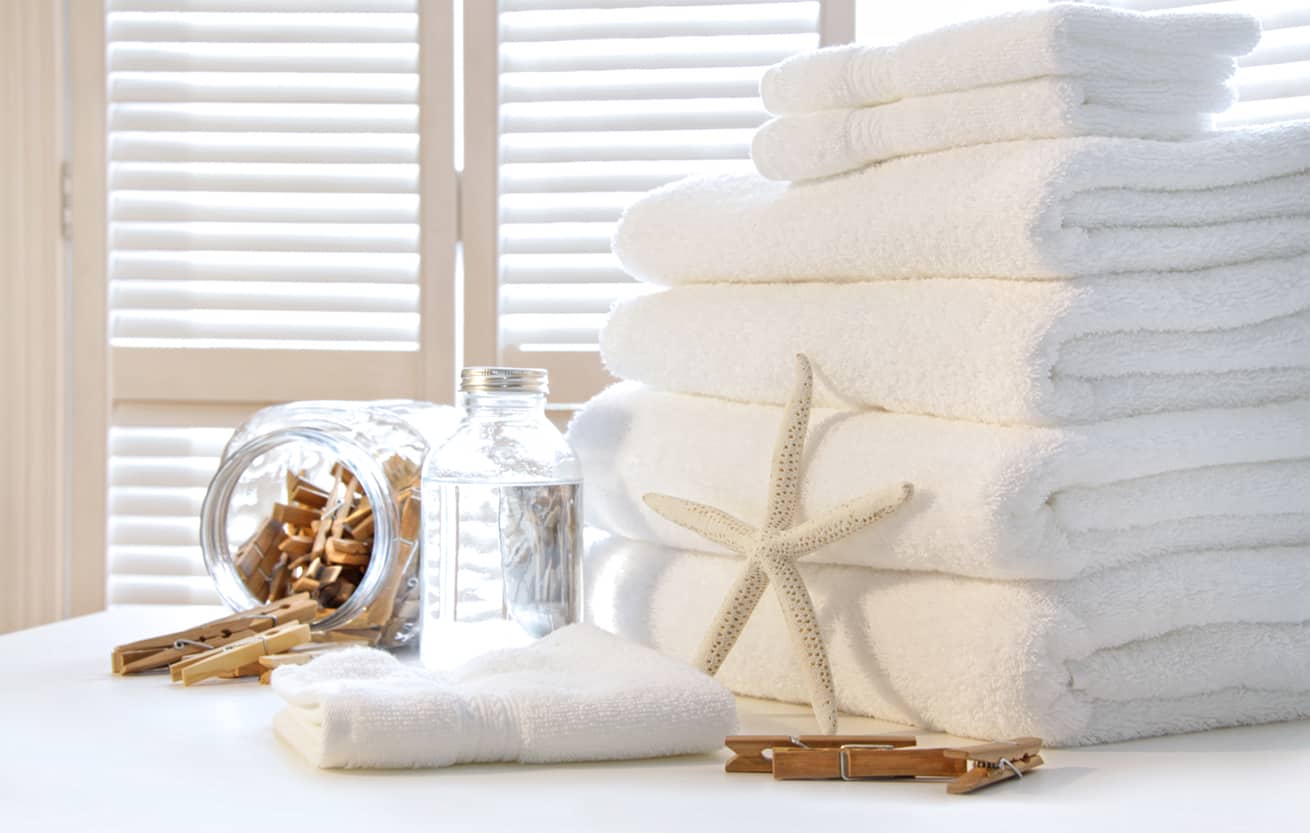

Bedroom Storage
13 Essential Laundry Tips For Keeping White Clothes White
Modified: August 27, 2024
Discover 13 essential laundry tips for maintaining the brightness of your white clothes. Improve your bedroom storage with these helpful suggestions. Find out more now!
(Many of the links in this article redirect to a specific reviewed product. Your purchase of these products through affiliate links helps to generate commission for Storables.com, at no extra cost. Learn more)
Introduction
Having crisp, white clothes is a timeless fashion statement that never goes out of style. Whether it’s your favorite white shirt, a pair of fresh white jeans, or a pristine white bedsheet, keeping your white clothes looking bright and spotless requires proper care.
White fabrics are notorious for attracting stains and yellowing over time. However, with the right knowledge and a few simple tips, you can keep your white clothes looking their best. In this article, we will explore thirteen essential laundry tips for keeping your white clothes white.
From sorting your whites to choosing the correct washing machine setting, we’ll cover every step of the process. So, let’s dive in and discover the secrets to maintaining that perfect shade of white!
Key Takeaways:
- Proper sorting, pretreatment of stains, and using the right detergent are crucial for maintaining the brightness of white clothes. Avoiding bleach and opting for cold water can help preserve the fabric and prevent yellowing.
- Washing white clothes separately, choosing the correct washing machine setting, and sun-drying can contribute to the longevity of white garments. Using fabric softener sparingly and storing whites separately are essential for maintaining their pristine condition.
Tip 1: Sort your whites
When it comes to doing laundry, sorting is key, especially for white clothes. Sorting your whites from colored garments helps prevent color transfer and ensures that your whites stay bright and untarnished.
Start by creating separate piles for your white clothes and colored clothes. This will prevent any accidental mixing during the laundry process. It’s essential to wash whites on their own or with other light-colored garments to maintain their brightness.
Additionally, make sure to check each white garment for colored accents or trims that may bleed during washing. Sometimes, a seemingly all-white shirt or dress may have hidden colorful elements that require separate treatment.
Sorting your whites not only helps preserve their appearance, but it also prevents color bleeding and fading, keeping both your whites and colored clothes in their best condition.
Investing a few extra minutes to sort your laundry may seem like a hassle, but it goes a long way in maintaining the vibrancy of your white clothes.
Tip 2: Pretreat stains
Stains can be pesky and stubborn, especially on white clothes. To ensure that your white garments stay pristine, it’s crucial to treat stains promptly and effectively.
Before tossing your white clothes into the washing machine, take the time to pretreat any visible stains. Begin by identifying the type of stain and using an appropriate stain remover or pretreatment solution.
For common stains like coffee, juice, or grass, you can make a simple DIY stain remover by mixing equal parts of dish soap and hydrogen peroxide. Gently apply the mixture to the stain and let it sit for a few minutes before washing.
For tougher stains like ink or grease, specialized stain removers are often required. Follow the instructions on the product label and apply the stain remover directly to the affected area. Allow it to penetrate the fabric for the recommended time before laundering.
Remember, never rub or scrub the stain vigorously as it can damage the fabric. Instead, gently blot the stain with a clean cloth or sponge to remove excess moisture. This helps prevent the stain from spreading further and setting into the fabric.
Pretreating stains not only improves the chances of removing them completely but also helps prevent them from becoming permanent marks on your white clothes. So, the next time you encounter a stain, be proactive and give it the attention it deserves before laundering.
Tip 3: Use the right laundry detergent
The choice of laundry detergent plays a significant role in keeping your white clothes looking bright and clean. Opting for the right detergent can make a noticeable difference in the longevity and appearance of your whites.
When it comes to washing white clothes, it’s best to choose a detergent specifically formulated for whites or one that contains optical brighteners. Optical brighteners are chemicals that absorb ultraviolet light and emit fluorescent light, making your whites appear whiter and brighter.
Look for detergents that mention “whitening” or “brightening” on the packaging. These detergents typically contain enzymes or additives that help break down stains and remove any yellowing or dullness from your white clothes.
If you prefer using natural or organic detergents, there are eco-friendly options available that can help maintain the brightness of your whites. Look for detergents that use plant-based enzymes or whitening agents and avoid those that contain harsh chemicals, like chlorine bleach.
Additionally, it’s essential to follow the recommended dosage mentioned on the detergent packaging. Using too much detergent can leave residue on your white clothes, making them look dull or discolored. On the other hand, using too little detergent may not effectively clean the fabric, leaving behind stains or grime.
Remember to read and follow the instructions specific to your detergent brand for optimal results. By choosing the right laundry detergent and using the appropriate amount, you can ensure that your whites stay fresh and vibrant with each wash.
Tip 4: Avoid using bleach
While bleach is often considered a go-to solution for whitening clothes, it’s important to exercise caution when using it on white garments. Bleach can be harsh on fabrics and may cause yellowing or weakening of the fibers over time.
Instead of relying on bleach, consider alternative methods to maintain the brightness of your white clothes. There are plenty of natural and gentle whitening agents that can effectively lift stains and restore the whiteness of your garments.
One popular natural alternative to bleach is using lemon juice. Lemon contains natural bleaching properties that can help brighten white clothes. Simply add half a cup of lemon juice to your washing machine’s rinse cycle or soak your white clothes in a mixture of lemon juice and water before laundering.
You can also try using baking soda, which acts as a gentle whitening agent. Add half a cup of baking soda to your laundry detergent and wash your white clothes as usual. This can help remove stains and brighten the fabric without the harsh effects of bleach.
Another option is to use hydrogen peroxide as a mild bleaching agent. Create a mixture of equal parts hydrogen peroxide and water and soak your white clothes for about 30 minutes before washing. This can help remove stubborn stains and whiten the fabric naturally.
By avoiding bleach and opting for alternative whitening methods, you can keep your white clothes in excellent condition without compromising their longevity or appearance.
Tip 5: Opt for cold water
When washing white clothes, it’s generally best to opt for cold water instead of hot or warm water. Cold water helps preserve the fabric’s integrity, minimizes color bleeding, and prevents shrinkage or damage to your white garments.
Hot water can be harsh on fabrics and may cause them to lose their shape or fade over time. It can also set stains into the fabric, making them more challenging to remove. By choosing cold water, you can protect the quality of your white clothes while still effectively cleaning them.
Cold water is especially effective when paired with a detergent designed for cold-water washing. These detergents are formulated to dissolve well in lower temperatures, ensuring a thorough cleaning without the need for hot water.
Not only does cold water benefit your white clothes, but it also offers energy-saving advantages. Washing with cold water instead of hot water can significantly reduce energy consumption, helping to lower your utility bills and minimize your environmental footprint.
If you’re hesitant about cold water’s effectiveness in removing stains, remember to pretreat any visible stains before washing. This step, combined with the gentle agitation of the washing machine, can effectively remove most common stains, even in cold water.
So, the next time you do the laundry, turn the dial to the cold water setting and enjoy the benefits of preserving your white clothes while saving energy.
Tip 6: Wash white clothes separately
To maintain the brightness and cleanliness of your white clothes, it’s essential to wash them separately from colored garments. Washing whites separately helps prevent color transfer and ensures that your whites stay vibrant and free from discoloration.
When mixed with colored clothes, white garments are at risk of absorbing dyes or pigments from the other fabrics. This can cause your white clothes to become dull, stained, or even take on a tint of another color.
By dedicating a separate load for your white clothes, you have better control over the washing process. This allows you to adjust the washing machine settings, choose the appropriate detergent, and apply any necessary stain treatments specifically for white garments.
Washing white clothes separately also minimizes the risk of lint or other particles from colored clothes attaching themselves to your whites. This ensures that your white clothes come out of the wash looking fresh and free from any unwanted residues.
While it may require an extra load of laundry, washing your whites separately is a worthwhile investment of time and effort. Your white clothes will retain their original brightness and continue to look their best, wear after wear.
So, set aside a separate laundry cycle for your whites and enjoy the peace of mind that comes with maintaining their pristine appearance.
Tip 7: Choose the correct washing machine setting
Choosing the correct washing machine setting is crucial for effectively cleaning your white clothes while preserving their quality. Different fabrics and levels of dirtiness require specific settings to ensure optimal washing results.
When it comes to washing whites, it’s generally recommended to use a regular or standard cycle. This cycle strikes a balance between gentle agitation and thorough cleaning, making it suitable for most white garments.
Additionally, pay attention to the water level setting. It’s best to use a higher water level when washing white clothes to allow for better movement and thorough rinsing. Proper rinsing removes detergent residue and helps keep your whites looking fresh and free from any dullness or discoloration.
If your washing machine has a “whites” or “brights” setting specifically designed for white clothes, it’s worth utilizing it. These settings typically utilize slightly warmer water and longer wash and rinse cycles to enhance the brightness and whiteness of your garments.
However, always refer to the manufacturer’s instructions for your specific washing machine model. Each machine may have unique settings, and following the recommended guidelines ensures optimal performance and protection of your white clothes.
Remember, more aggressive settings like “heavy-duty” or “stain removal” may not always be necessary for white clothes, especially if they are not heavily soiled. Use these settings sparingly to avoid subjecting your whites to unnecessary wear and tear.
By selecting the correct washing machine setting, you can effectively clean your white clothes without compromising their color, fabric integrity, or overall appearance.
Add a half cup of baking soda to your white laundry to help brighten and whiten the clothes. It’s a natural and effective way to keep whites looking fresh.
Tip 8: Avoid overcrowding the washing machine
It can be tempting to stuff as many clothes as possible into the washing machine to save time and energy. However, overcrowding the machine can be detrimental to the cleanliness and longevity of your white clothes.
When the washing machine is overloaded, there isn’t enough space for water, detergent, and clothes to circulate freely. This can result in inadequate cleaning, poor rinsing, and even damage to the garments.
Overcrowding prevents the clothes from agitating properly, which is essential for removing dirt and stains. As a result, your white clothes may come out of the wash still looking dirty or with lingering stains that weren’t effectively addressed.
In addition, overcrowding can lead to uneven distribution of detergent and fabric softener, resulting in some clothes receiving too much while others receive too little. This imbalance can leave residue on your white clothes, causing them to appear dull or sticky.
Furthermore, overcrowding can strain the washing machine’s motor and other components, leading to increased wear and tear. This can result in a shorter lifespan for your machine and potential repair or replacement costs down the line.
To avoid these issues, follow the manufacturer’s guidelines for load capacity and ensure that you do not exceed the recommended amount of clothes for each load. This will allow for proper water and detergent distribution, adequate agitation, and thorough cleaning of your white clothes.
If you have a large volume of white clothes to wash, it’s better to divide them into smaller, manageable loads. This way, each garment has enough space to move freely and receive the attention it needs for a thorough wash.
By avoiding overcrowding the washing machine, you can maintain the cleanliness and appearance of your white clothes while also prolonging the life of your machine.
Read more: Do You Wash Whites In Hot Or Cold Water?
Tip 9: Dry white clothes in the sun
One of the best and most natural ways to dry your white clothes is by taking advantage of the power of the sun. Sun drying not only helps to effectively remove moisture from the fabric but also offers additional benefits for your white garments.
When white clothes are exposed to sunlight, the sun’s UV rays act as a natural bleaching agent, helping to brighten and whiten the fabric. This can be particularly helpful for removing any lingering stains or yellowing that may be present.
To dry your white clothes in the sun, start by shaking out each garment to remove any excess moisture. Then, hang them on a clothesline or drying rack, making sure they are spread out and not bunched together. This allows for proper airflow and even drying.
Place your white clothes in direct sunlight, ensuring that all surfaces are exposed to the sun’s rays. If you notice any remaining stains, you can dampen the affected areas with lemon juice or hydrogen peroxide for an added whitening boost.
Keep in mind that it’s best to dry white clothes inside out, especially if they have colorful accents or prints. This helps to prevent direct exposure to the sun, which can cause fading or discoloration of any non-white elements.
One important note: while sunlight can be an excellent natural whitener, it’s worth being cautious with delicate or sensitive fabrics. Overexposure to the sun can cause yellowing or fabric damage, so it’s advisable to check the care instructions before sun drying.
By drying your white clothes in the sun, you not only harness the bleaching power of nature but also save energy by reducing your reliance on electric dryers. Plus, the fresh outdoor scent that lingers on your white garments adds an extra touch of freshness.
So, make use of that sunny spot in your backyard and let the sun work its magic on your white clothes.
Tip 10: Use fabric softener sparingly
Fabric softener is often associated with fluffy, soft, and fragrant clothes. While it can add a pleasant scent and make your garments feel luxurious, using fabric softener on white clothes should be done sparingly.
Excessive use of fabric softener on white clothes can leave behind a residue that can dull the fabric’s brightness, especially when used in combination with other laundry products.
Instead of pouring fabric softener directly into the washing machine, consider using a fabric softener ball or adding it during the rinse cycle. This helps to dilute the fabric softener and ensures that it evenly distributes throughout the load. Additionally, using a smaller amount of fabric softener than the recommended dosage can help minimize any potential buildup.
If you prefer a more natural alternative, white vinegar can be used as a fabric softener substitute. Adding a half-cup of white vinegar to the rinse cycle can help soften the fabric, reduce static cling, and also aid in removing any residue left from detergent.
Furthermore, avoid using fabric softener on towels and other absorbent white items, as it can reduce their absorbency over time. For these items, a simple vinegar rinse or skipping the fabric softener altogether is a better approach.
Remember, less is more when it comes to fabric softener on white clothes. Using it sparingly will help maintain the vibrancy and cleanliness of your white garments without causing any unwanted buildup or residue.
So, enjoy the benefits of fabric softener, but always apply it in moderation to achieve the desired softness and freshness for your white clothes.
Tip 11: Remove white clothes promptly from the dryer
Removing your white clothes from the dryer as soon as the cycle is complete is essential for preserving their appearance and preventing wrinkles. Allowing your white clothes to sit in the dryer for an extended period can lead to creases, static cling, and potentially even damage to the fabric.
When white clothes are left to sit in the dryer, they can become more prone to wrinkling. Removing them promptly and shaking them out immediately helps to minimize wrinkles and keep your garments looking fresh.
If you notice any stubborn wrinkles on your white clothes after removing them from the dryer, consider using a fabric steamer or a warm iron to smooth them out. This will help restore the crisp, wrinkle-free look that white clothes are known for.
In addition to wrinkles, leaving white clothes in the dryer for too long can lead to static cling. Static can make your garments stick together, causing them to cling to your body when worn. To prevent this, remove your white clothes from the dryer while they are still slightly damp or use an anti-static product when folding or hanging them.
By promptly removing your white clothes from the dryer, you also reduce the risk of them picking up any odors or musty smells that may be present in the machine. Freshly dried white clothes have a clean, pleasant scent that adds to their overall appeal.
Remember, white clothes are notorious for showing any signs of wear or damage, so proper care is crucial. Always take the time to promptly remove them from the dryer to maintain their crisp appearance and ensure that they are ready to wear when you need them.
Tip 12: Treat yellowing with vinegar
Yellowing is a common issue that white clothes may develop over time, especially when stored for extended periods or exposed to certain environmental factors. Fortunately, vinegar can be a powerful ally in treating and removing yellow stains from your white garments.
Vinegar is a natural acidic substance that can help break down and remove yellowing on fabric. It works effectively on white clothes by altering the pH level of the fabric and breaking down any residue or build-up that may be causing the yellow discoloration.
To treat yellowing, create a solution by mixing equal parts of water and white vinegar. Soak the affected white clothes in this solution for about 30 minutes to an hour.
After soaking, gently rub the fabric together or use a soft brush to agitate the yellowed areas. This helps to loosen and lift the yellow stains from the fabric.
Once you’ve treated the yellowing, wash the white clothes as usual, using laundry detergent and following the care instructions provided on the tags. This helps to remove any remaining vinegar scent and ensure a fresh, clean result.
It’s important to note that vinegar may have a slight lingering odor, but this will dissipate after washing and drying the clothes. Additionally, avoid using vinegar on delicate fabrics or garments with special finishes, as it may cause damage or color alteration.
By treating yellowing with vinegar, you can help restore the whiteness of your clothes and prolong their lifespan. However, prevention is key in avoiding yellowing in the first place, so store your white clothes properly and avoid exposing them to excessive heat or direct sunlight.
Next time you notice yellowing on your white clothes, reach for the vinegar and watch those stains disappear.
Read more: How To Keep White Sheets White
Tip 13: Keep whites stored separately
A key aspect of maintaining the pristine condition of your white clothes is proper storage. To prevent yellowing, staining, or discoloration, it’s crucial to store your white garments separately from colored items.
When storing white clothes, use breathable storage options such as cotton or linen garment bags or storage boxes. These materials allow air circulation and help prevent moisture buildup, which can lead to mildew or yellowing over time.
Keep in mind that white clothes are more prone to picking up pigments from other fabrics, especially when stored in close proximity. By keeping them separate, you reduce the risk of color transfer, ensuring that your whites stay brilliantly white.
Additionally, storing your white clothes in a cool, dry place helps maintain their freshness. Excessive heat or dampness can contribute to yellowing and deterioration of the fabric.
It’s also advisable to store white clothes away from direct sunlight. Prolonged exposure to the sun’s rays can cause fading and weaken the fibers. If you don’t have a dark storage area, consider placing your white garments in opaque containers to minimize exposure to light.
Finally, avoid using harsh chemicals or mothballs when storing your white clothes. These substances can leave a strong odor that can be absorbed by the fabric. Instead, opt for natural alternatives like lavender sachets or cedar chips to help deter pests and keep your clothes smelling fresh.
By storing your white clothes separately and in the right conditions, you can prolong their whiteness, quality, and overall lifespan. So, take the extra time to find a dedicated storage space for your whites, and enjoy the brilliance of your garments every time you wear them.
Conclusion
Maintaining the brightness and freshness of white clothes is a worthwhile endeavor. With these thirteen essential tips, you can keep your white garments looking impeccable and spotless for years to come.
Sorting your whites, pretreating stains, and using the right laundry detergent are key steps in the cleaning process. Avoiding bleach and opting for cold water helps preserve the fabric and prevent yellowing. Washing white clothes separately and choosing the correct washing machine setting ensure thorough and effective cleaning.
Furthermore, avoiding overcrowding the washing machine, drying white clothes in the sun, and using fabric softeners sparingly contribute to the longevity of your whites. Promptly removing white clothes from the dryer and treating yellowing with vinegar are essential for maintaining their appearance. Finally, storing white clothes separately helps prevent color transfer and maintains their pristine condition.
By incorporating these tips into your laundry routine, you can be confident that your white clothes will always make a crisp and stylish statement. Remember, proper care and attention to detail are the secrets to keeping your whites looking bright and beautiful.
So, embrace these strategies and enjoy the satisfaction of perfectly maintained white clothes that dazzle and inspire confidence wherever you go.
Frequently Asked Questions about 13 Essential Laundry Tips For Keeping White Clothes White
Was this page helpful?
At Storables.com, we guarantee accurate and reliable information. Our content, validated by Expert Board Contributors, is crafted following stringent Editorial Policies. We're committed to providing you with well-researched, expert-backed insights for all your informational needs.
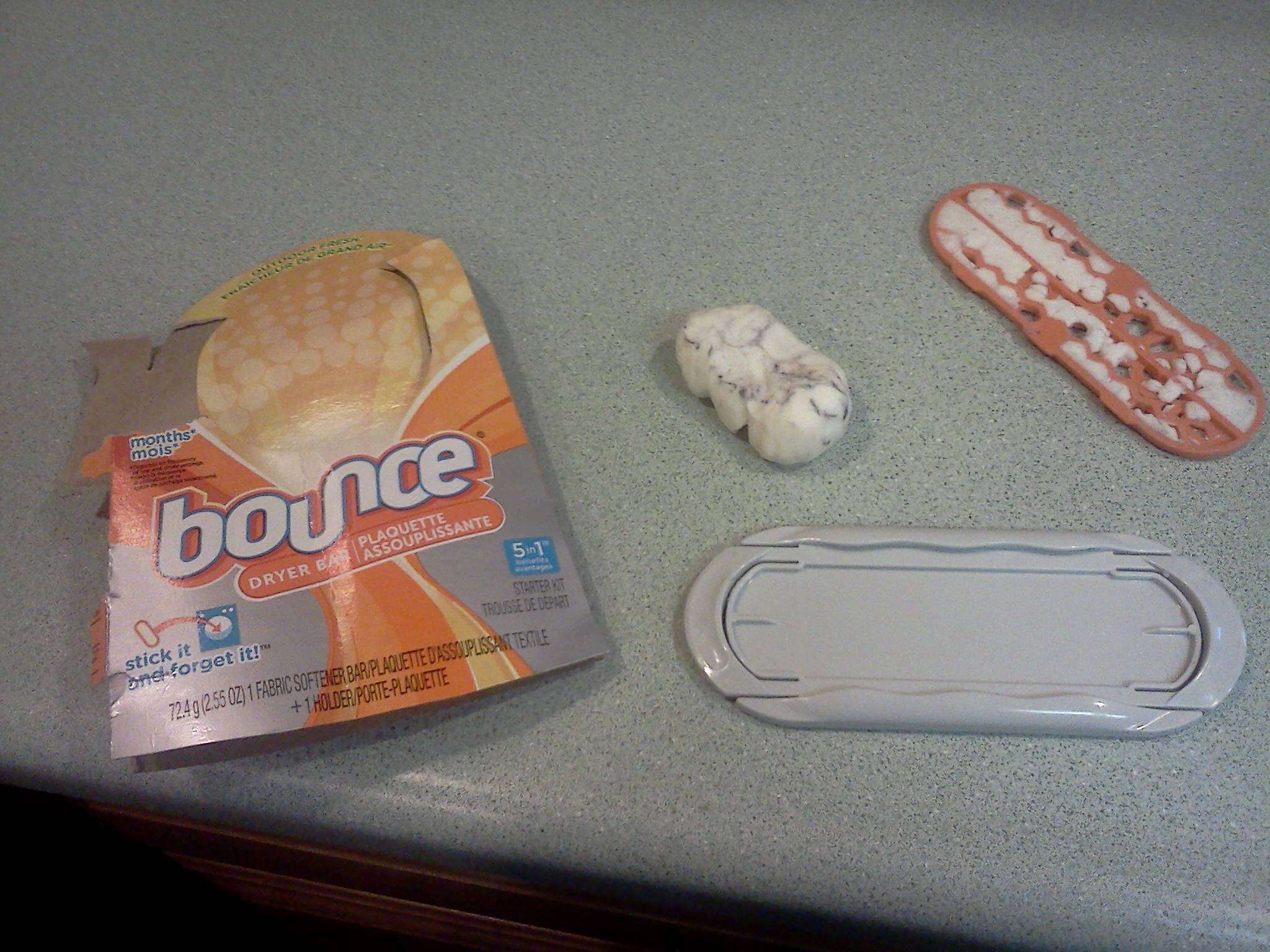

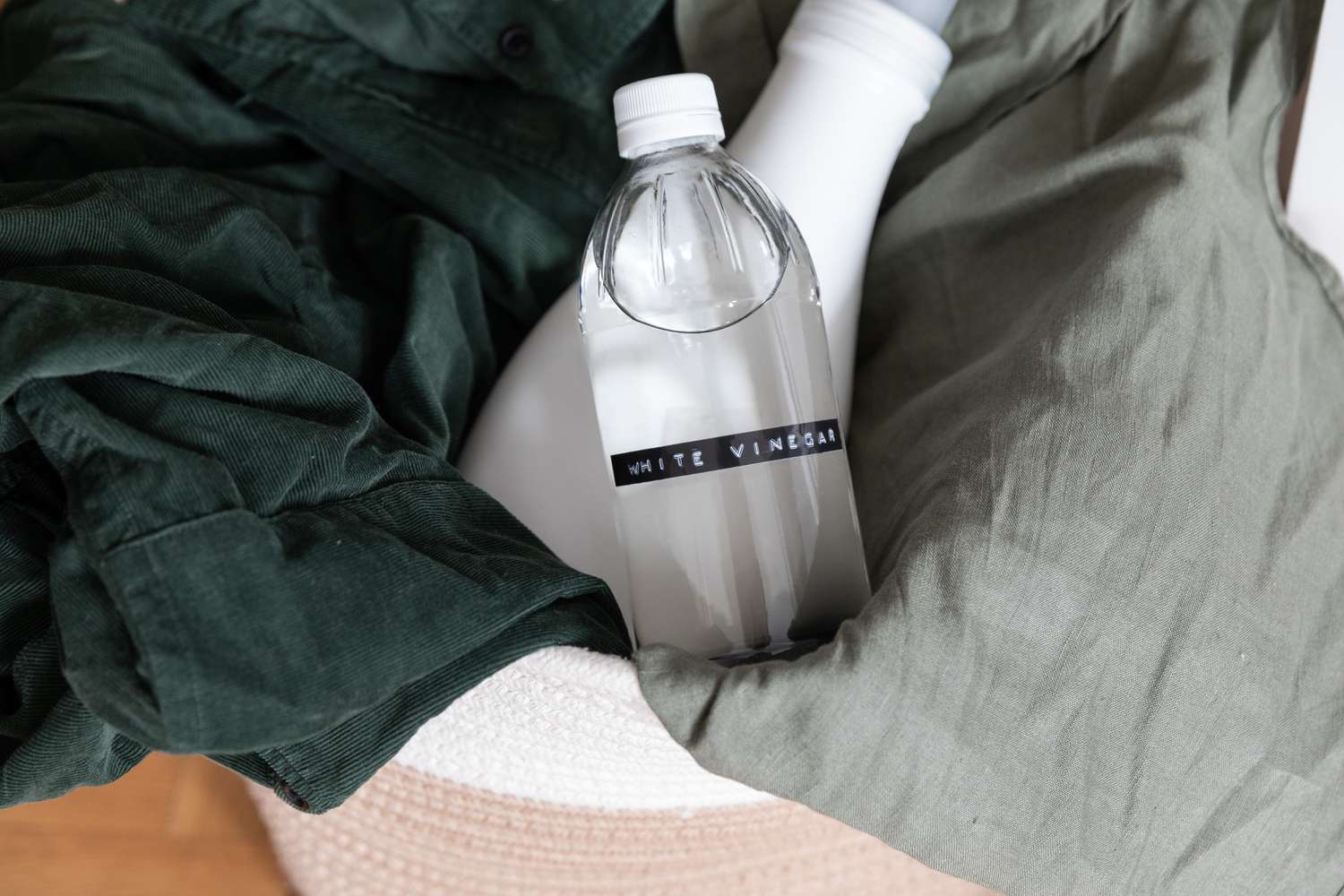



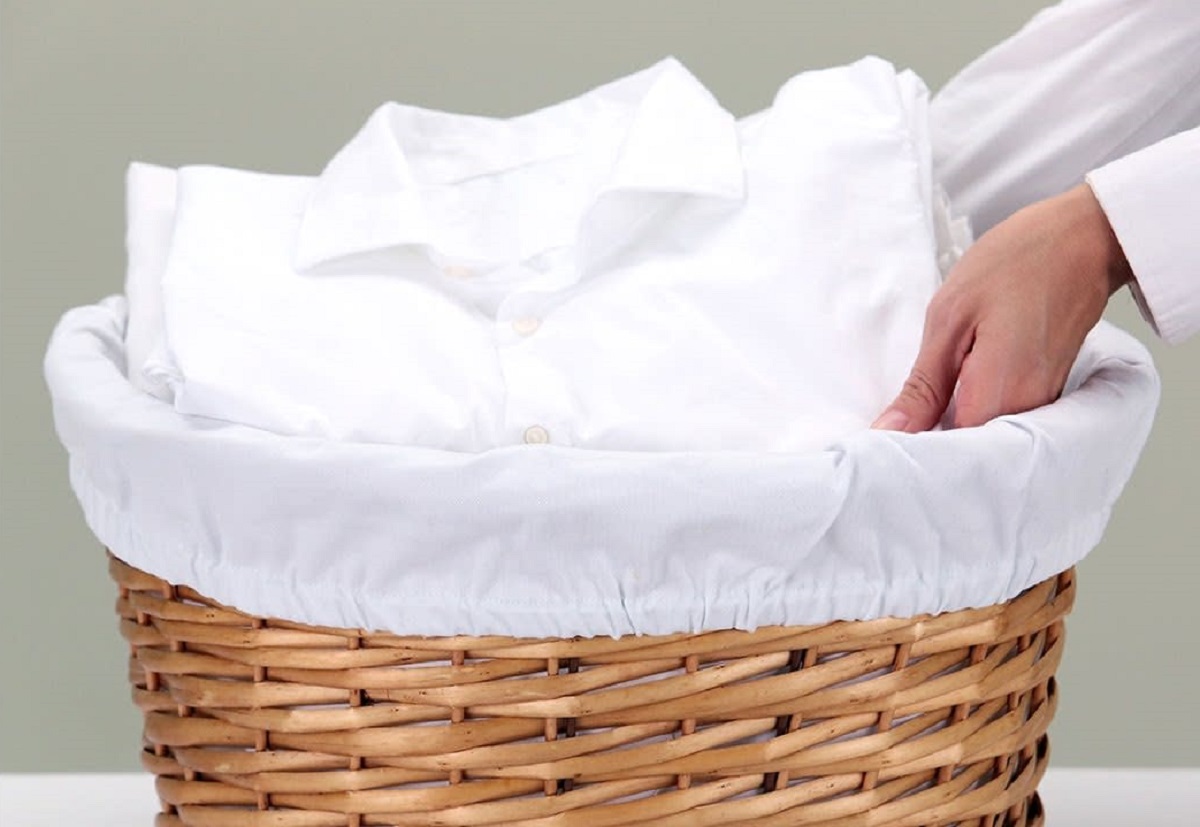
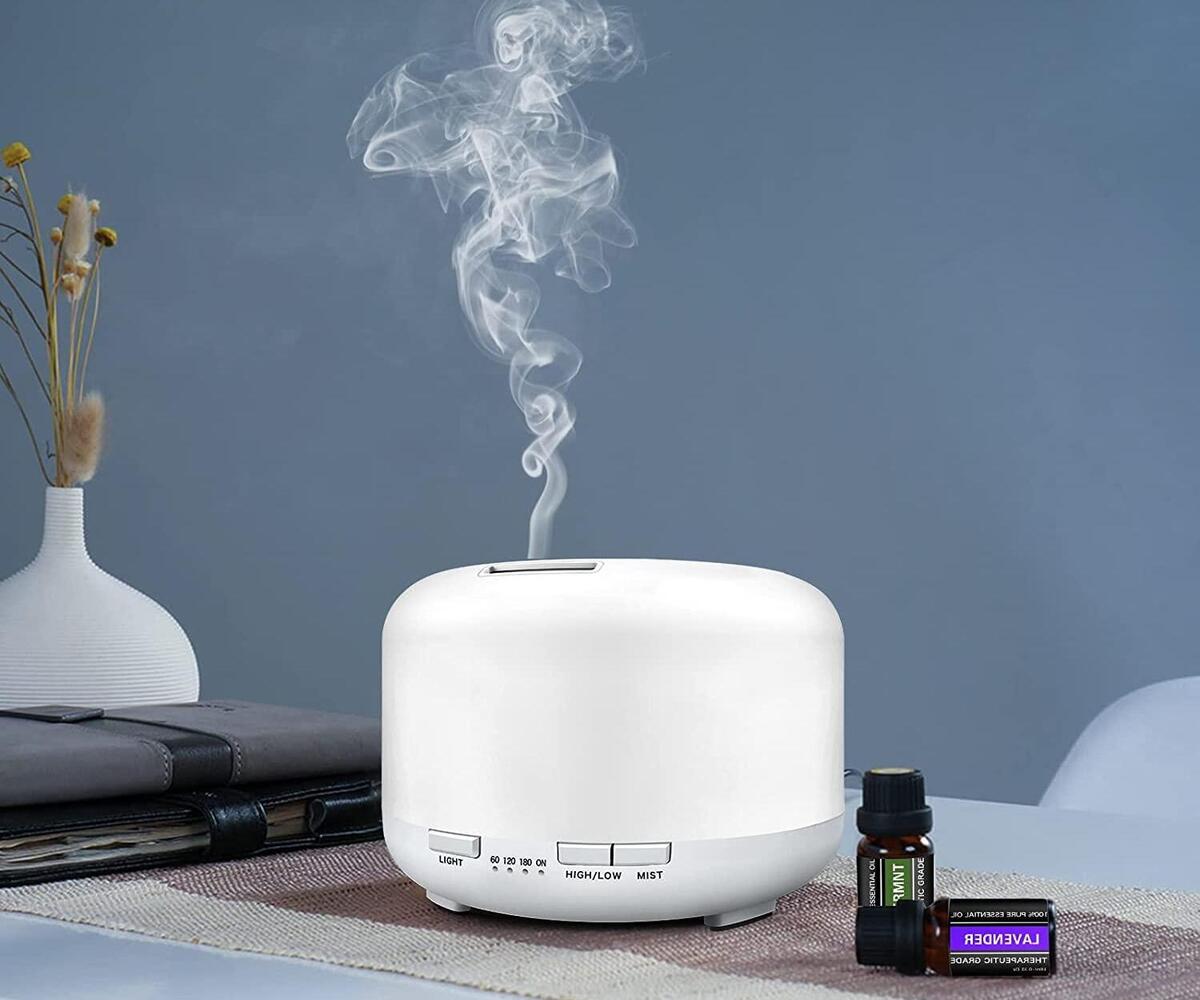

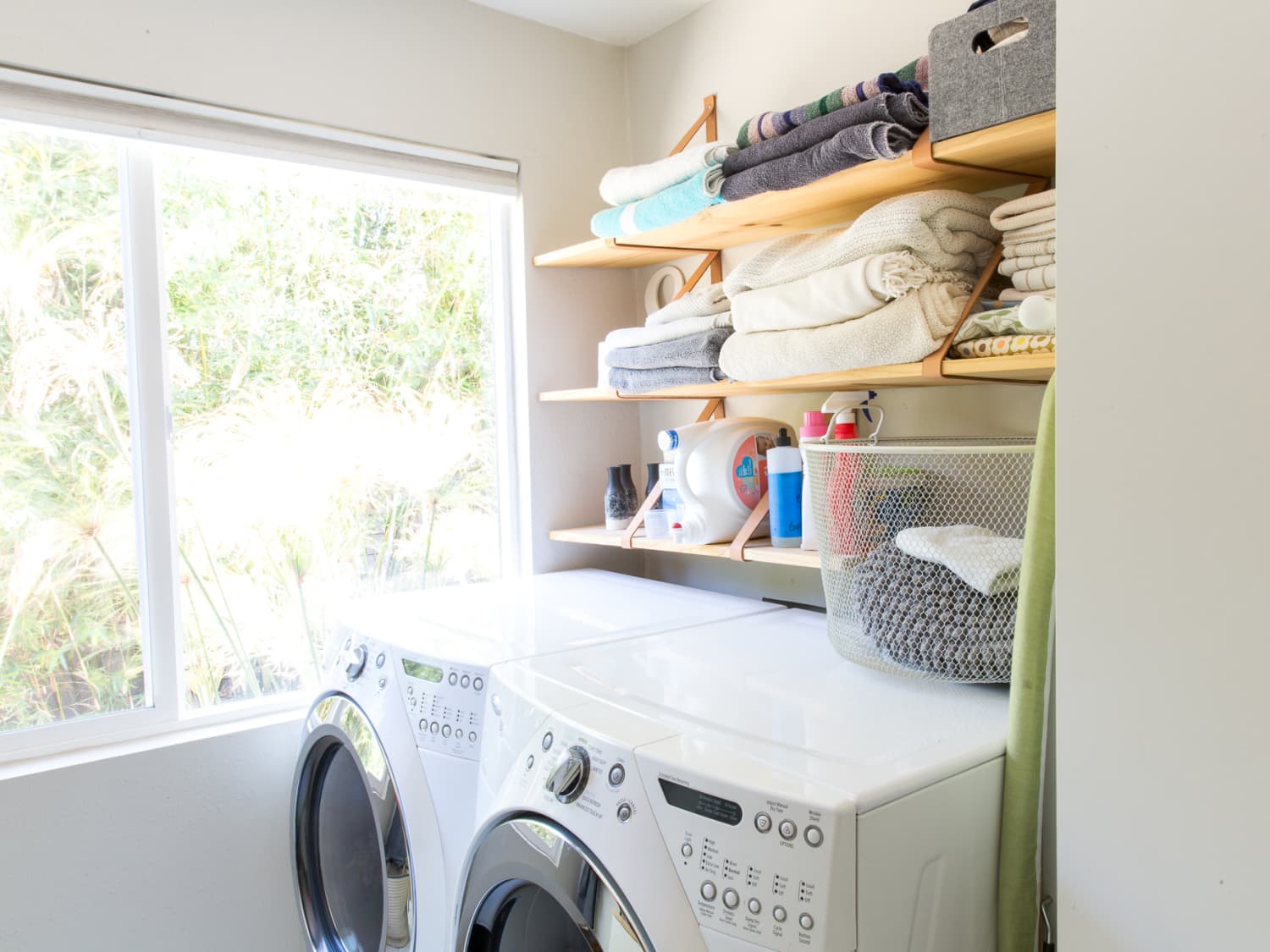
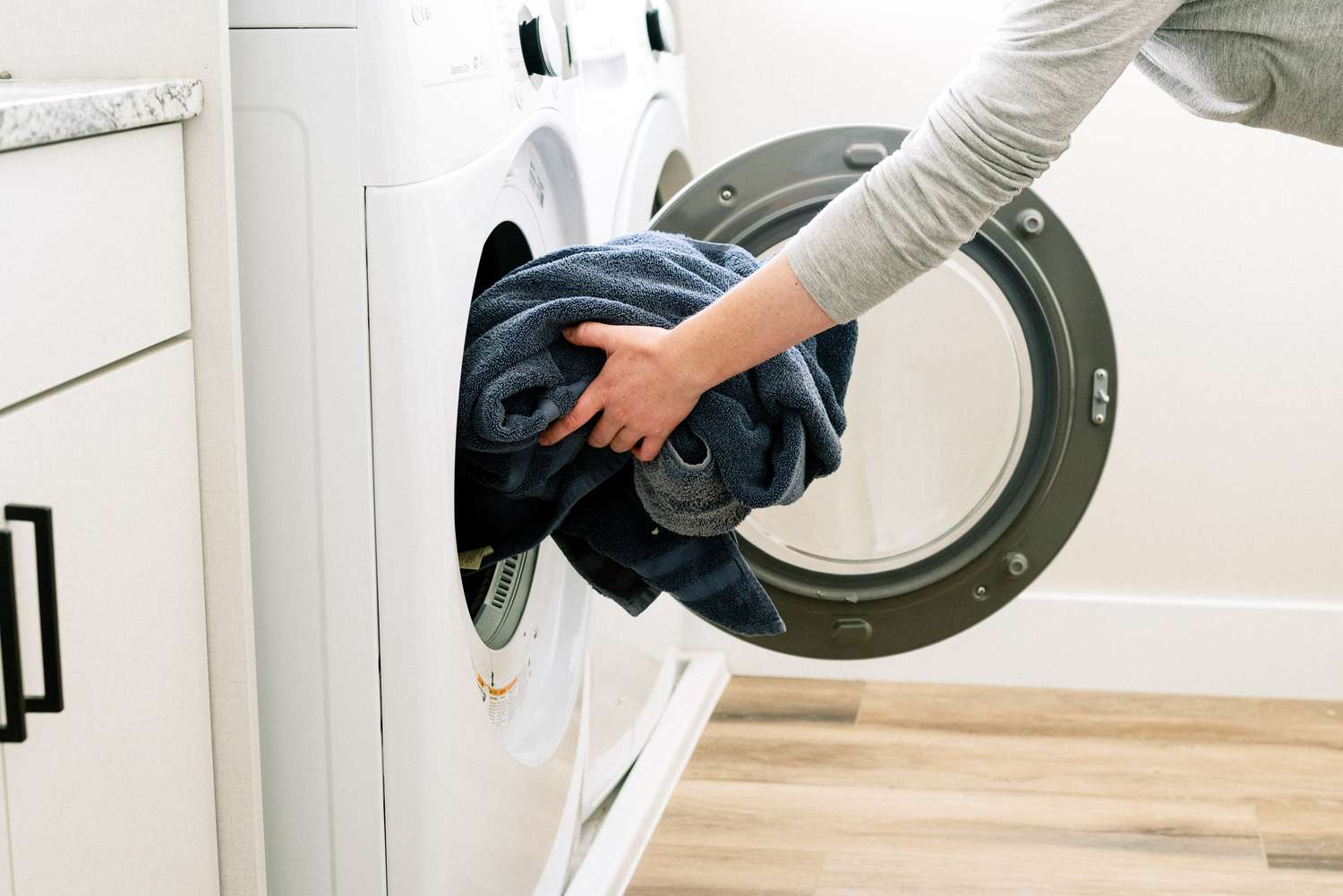
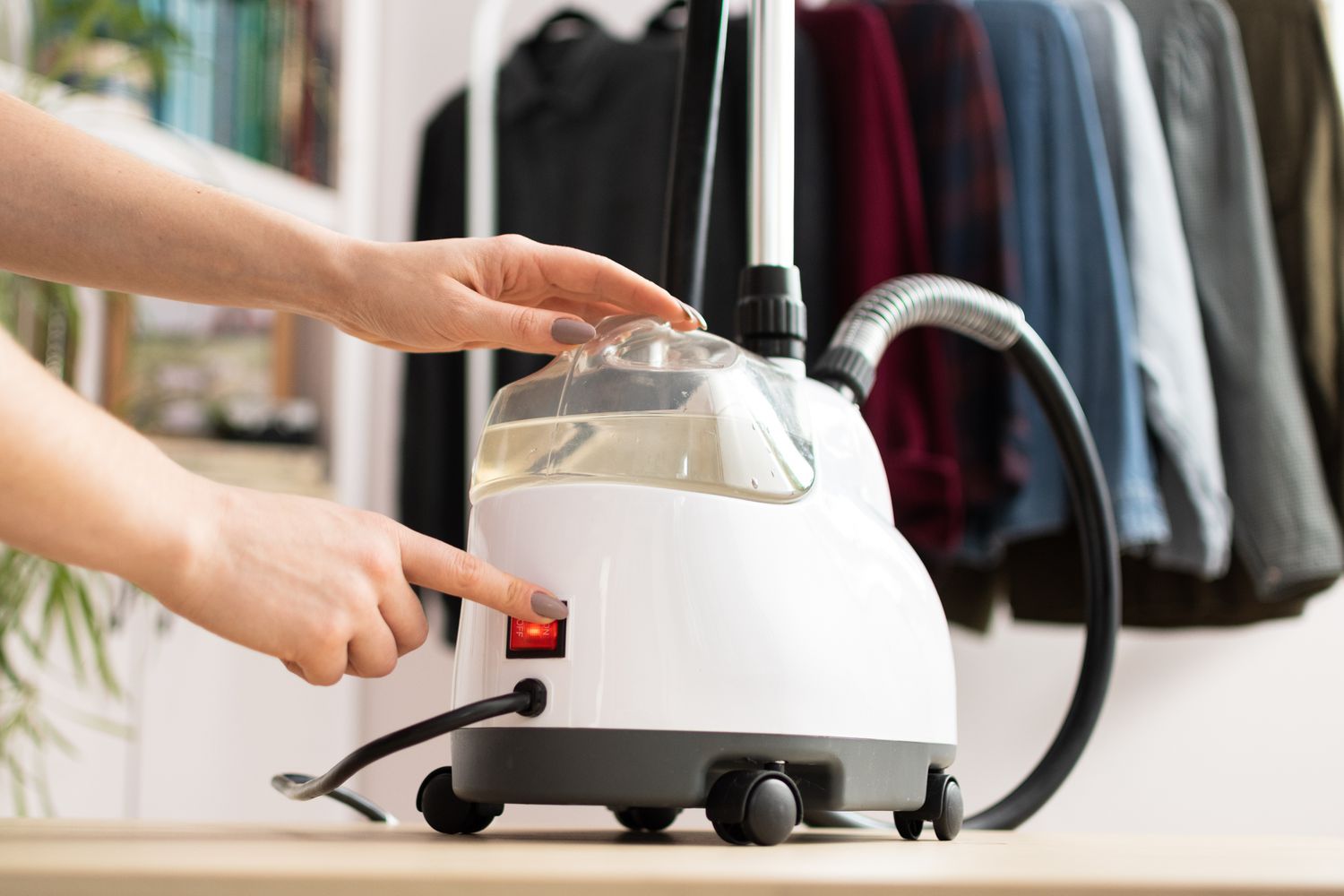

0 thoughts on “13 Essential Laundry Tips For Keeping White Clothes White”